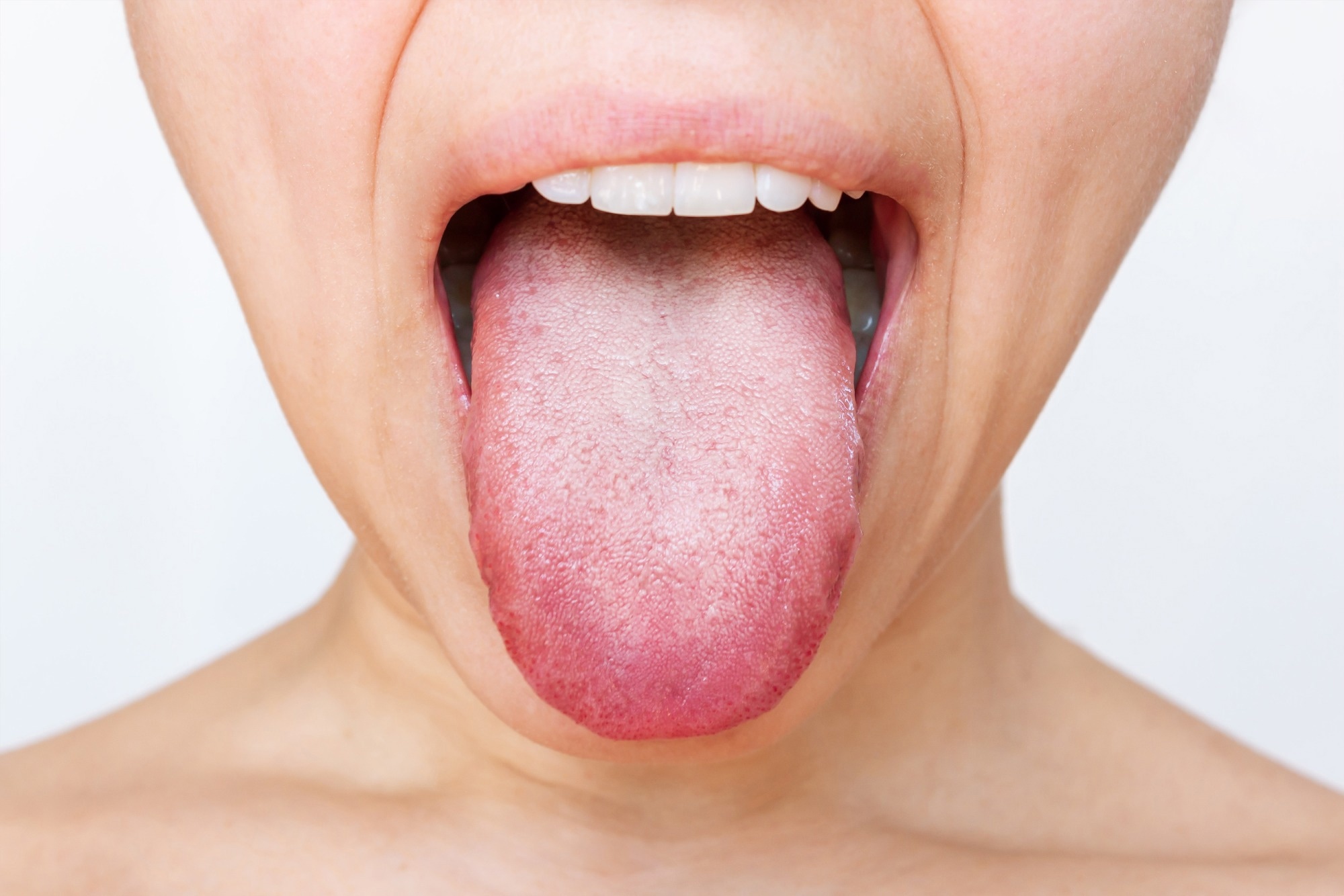
In an evolving health landscape, emerging research continues to highlight concerns that could impact everyday wellbeing. Here’s the key update you should know about:
Scientists reveal that short-term ozone inhalation doesn’t just harm the lungs; it reshapes the microbes in your mouth, with men facing the greatest risks.
Study: Impact of Ozone Exposure on Oral Microbiome: A Controlled, Randomized, Crossover Trial. Image credit: Marina Demeshko/Shutterstock.com
Ozone is a toxic environmental pollutant with wide-ranging effects on the body. A new study in Environment & Health investigates the impact of ozone on the oral microbiome and lung function.
Introduction
Ozone is formed during the light-induced reactions of nitrogen oxides and volatile organic compounds. Ozone levels are rising worldwide, mainly from vehicle exhaust and industrial processes.
Ozone is a poison capable of causing respiratory, nervous, and cardiovascular damage. Its ill-effects may range from ischemic heart disease or chronic obstructive pulmonary disease (COPD) to Alzheimer’s disease (AD). The US Environmental Protection Agency (EPA) identifies ozone as a contributor to lung damage. In fact, each 10 ppb rise in ozone levels increases the risk of death from respiratory problems by 4% compared to other causes.
The lung and mouth share many common organisms due to their proximity and the fact that they both meet at the throat. The oral microbiome also shares multiple organisms with other body parts, from the brain to the heart. Changes in the oral microbiome are linked to lung diseases such as pneumonia, COPD, lung cancer and asthma, and even cystic fibrosis.
The oral cavity is among the first to encounter ozone in the environment. It eliminates ozone relatively slowly compared to the nose, making it more vulnerable to ozone effects. Therefore, ozone inhaled via the mouth penetrates the lungs more than nasally inhaled ozone.
About the study
The current study was a randomized controlled trial comparing ozone exposure to filtered air to uncover the effects and relationship of ozone exposure on lung function and the oral microbiome in healthy adults.
The study followed a randomized crossover design. In each arm, 29 individuals were randomly exposed to either filtered air or 280 ppb ozone for two hours. This concentration was chosen as it is close to the highest monthly average daily maximum 8-hour ozone concentration of 286 ppb in Beijing, China. However, the exposure is much shorter than would occur in real-world conditions.
Throughout the entire two-hour session, the participants had ten minutes of rest alternated with ten minutes of exercise (in the form of jumping jacks). The aim was to achieve a target average minute ventilation during exercise (VE) of 7-11 min/m2 body surface, ensuring uniform exposure for all participants.
Various lung function tests were performed after exposure: forced expiratory volume in one second (FEV1), forced vital capacity (FVC), and peak expiratory flow (PEF). Samples were collected at the same time for oral microbiome analysis. After two weeks, the groups were switched. The whole experiment was completed in one month.
The average age of the participants was 21.97 years, and their body mass index was 21.51 kg/m2 (within the normal range). There were 19 men and 10 women.
Study findings
When exposed to ozone, the measured ozone concentration in filtered air was stable at five parts per billion (ppb), vs 282 ppb.
Lung function
Following acute ozone exposure, lung function parameters declined immediately and observably. Forced vital capacity (FVC), which measures the maximal volume of air forcibly exhaled after full inhalation, fell by 12% (410 mL) on average.
The volume forcefully exhaled in one second (forced expiratory volume in one second, FEV1) also decreased by 360 mL, a 12% decline. The peak expiratory flow also dropped by 0.81 L/s (≈14%). Men accounted for the overall decrease, showing 14% to 17% reductions in FEV1, FVC, and PEF. In contrast, lung function in females remained unchanged. This could be due to sex-specific differences in inflammatory pathways potentially triggered by ozone.
Oral microbiome
Following ozone exposure, the oral microbiome became less diverse. Species richness, abundance, and chao indices fell by 21-22%.
Ozone appears to selectively suppress microbial diversity as shown by a marked decrease in species numbers. This is regardless of changes in the total species count or evenness of distribution.
Many of the affected species are linked to oral diseases, including dental caries, plaque, periodontitis, and squamous cell carcinoma. One, Haemophilus sputorum, is prominent in cases of lung inflammation and is commonly found in people with pus-producing infections of the nasopharynx.
The microbiome alterations appear to be driven by ozone-dependent changes in specific metabolic pathways involved in the biosynthesis and metabolism of multiple biomolecules. Importantly, the oral microbiome plays a role in responding to pollutants by breaking down harmful compounds. The changes seen here suggest that it contributes to the effects of ozone on human biology.
The changes in lung function were consistent with mediation by the microbe Treponema medium, which increased by ~96% in men and 135% in women. The study also found substantial changes in other microbes, with increases ranging from 55% to 80% and decreases from 30% to 36%, reflecting ozone’s disruptive influence on community structure.
Fewer species were affected in women than in men (7 vs 14, respectively). Treponema medium was the single species that showed consistent change with ozone exposure in both sexes. It might act as a sensitive marker of ozone-related lung function. These taxa and pathway findings are exploratory, as none survived false discovery rate correction, a statistical method used to reduce false positives when many comparisons are tested at once.
Conclusion
The study emphasizes the harmful effects of ozone exposure on the lungs and oral microbiome, especially in men. According to this analysis, changes in Treponema medium were consistent with a mediating role in the decreased lung function, which appears to be a sensitive indicator of ozone exposure. Men were more sensitive to ozone than females, showing poorer lung function and altered oral microbiome after exposure.

